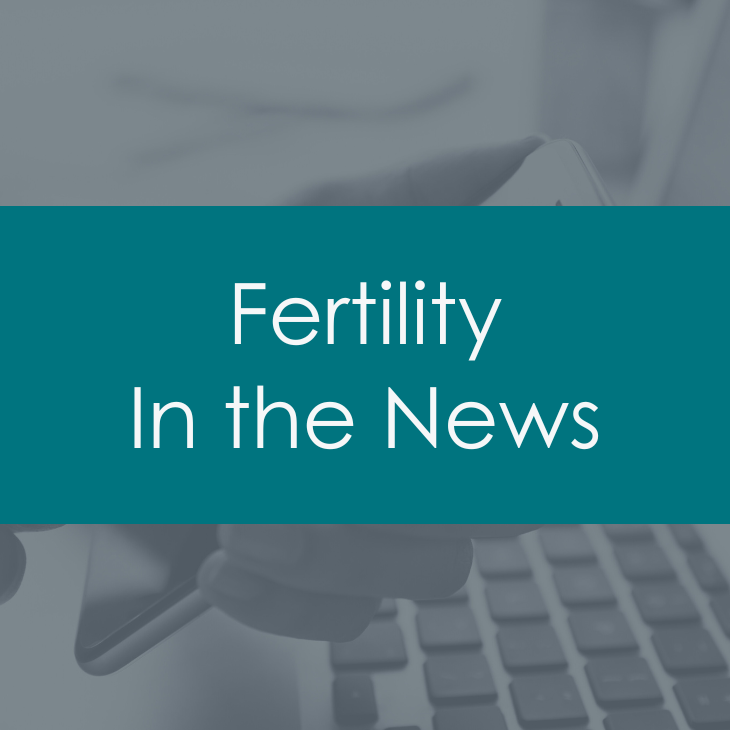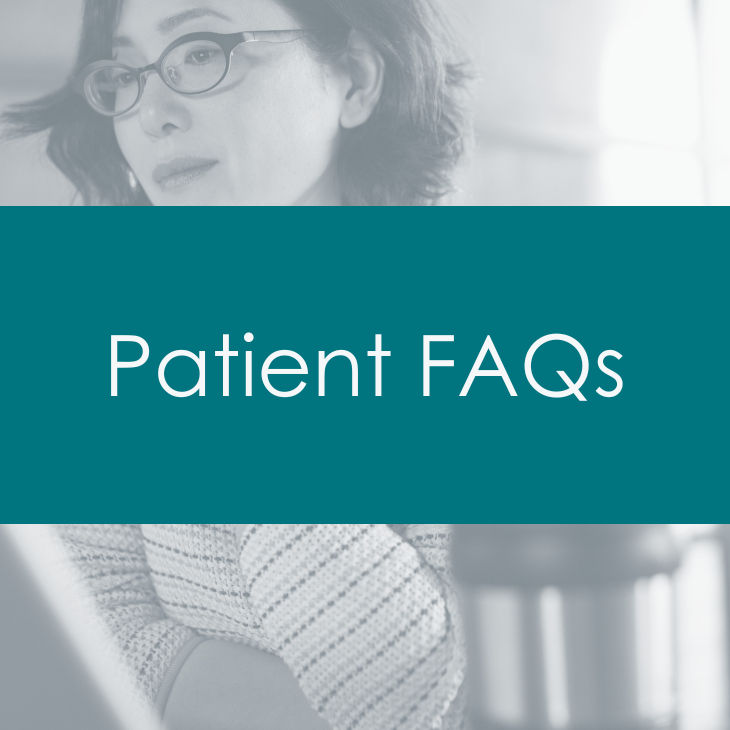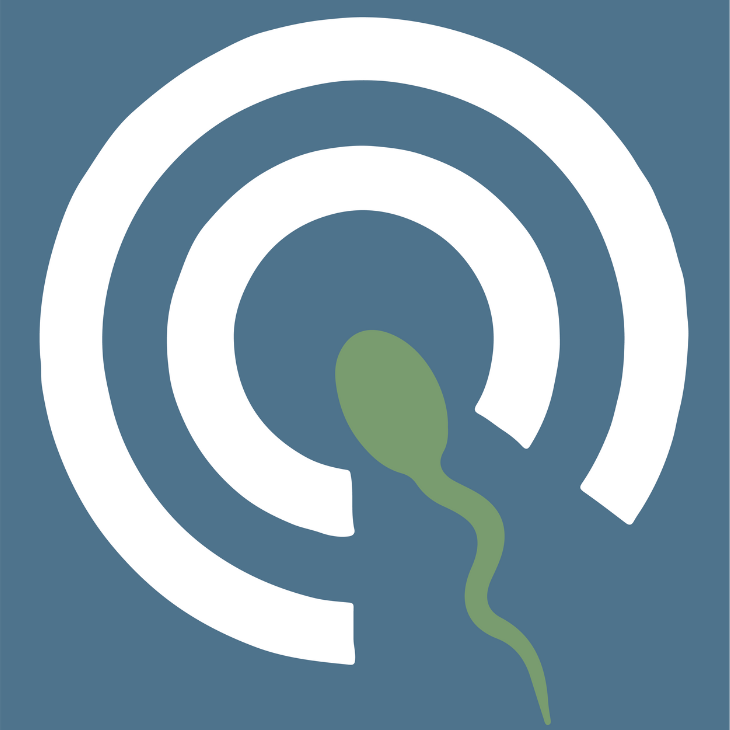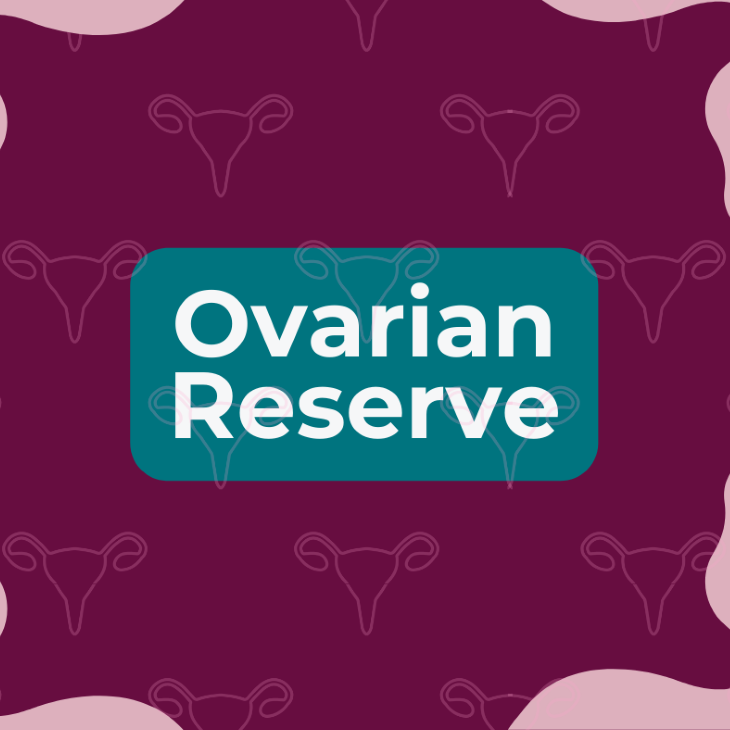
Revised 2023
A woman’s ability to get pregnant normally decreases as she gets older. In later life, women have fewer eggs, egg quality goes down, and eggs have more abnormalities in their chromosomes (genetic material). All these factors together mean that older women have lower pregnancy rates and higher miscarriage rates.
The ability to have a baby decreases in all women as they get older, but the exact age when a woman can no longer conceive varies from woman to woman. In some women, this happens at a younger age than would normally be expected. About one third of couples will have problems getting pregnant when the female partner is age 35 or older. There are several tests that can help show a woman’s fertility potential, also called ovarian reserve.
Blood tests: FSH, Estradiol, and AMH
One common way to test ovarian reserve is by measuring hormone blood levels. Follicle-stimulating hormone (FSH) and estradiol are checked at the beginning of the menstrual cycle. This is usually done on cycle day 3, but it can be drawn from day 1 to 5. These hormone levels can show important information about how the ovaries and pituitary gland are working together.
The pituitary gland makes FSH to make a follicle grow. A follicle is a small fluid filled cyst in the ovary that contains the egg. Usually, FSH levels are lowest in the beginning of the menstrual cycle and then go up, causing a follicle to grow and the egg to mature. As this happens, the follicle releases estradiol. In turn, these higher levels of estradiol tell the pituitary gland to make less FSH. If the egg and follicle start to grow too early because FSH is already rising, estradiol is produced faster. If development is too fast, the egg does not mature properly.
Anti-müllerian hormone (AMH) is a vital test for checking ovarian reserve. It’s made in the follicles, which houses the eggs, and its levels can be checked at any time during the menstrual cycle. Unlike FSH, which is done less often now, prioritizing tests in this order is crucial: AMH first, then counting egg homes (AFC), and if needed, checking FSH/ E2. Going deeper into it, AMH is an extra sensitive marker, giving important insights into ovarian reserve and fertility potential. This order of testing gives a complete evaluation, following the latest practices in fertility assessment. You should know that laboratory procedures and “normal” levels vary from lab to lab. It can be difficult to compare results from one laboratory to another.
Clomiphene Citrate Challenge Test (CCCT)
In the past, a test called Clomiphene Citrate Challenge Test (CCCT) was used to predict how ovaries would respond to IVF cycles. It involved taking clomiphene citrate early in the menstrual cycle, measuring FSH and estradiol levels before and after. High FSH levels suggested lower pregnancy rates with ovulation induction therapy and IVF. However, this test is rarely done now as other improved testing methods are preferred.
Antral follicle count
A transvaginal ultrasound may be done in the early part of the menstrual cycle to count the number of small (2mm- 10mm) follicles in the ovary. These are called antral follicles and are where eggs develop. The number of antral follicles can tell us how many eggs are available and about the woman’s response to fertility medicines. This test is more accurate when it is done by a health-care provider who is experienced in working with fertility evaluations.
What these tests tell us
These tests try to predict a woman’s response to fertility treatment and how likely she is to get pregnant compared to other women of the same age. Abnormal ovarian reserve test results suggest that fertility potential has declined but they do not tell who will or who will not conceive. It is also possible that younger women with normal test results may have difficulty conceiving. Results may vary from cycle to cycle; however, any one abnormal test generally shows that fertility potential has decreased.
The chance of getting pregnant is primarily related to the quality of the eggs. Women over the age of 35 with abnormal test results who have not had successful treatment have a lower chance of conceiving. These women may be candidates to use eggs or embryos from a donor. Even with a normal ovarian reserve test, older women may have difficulty conceiving.
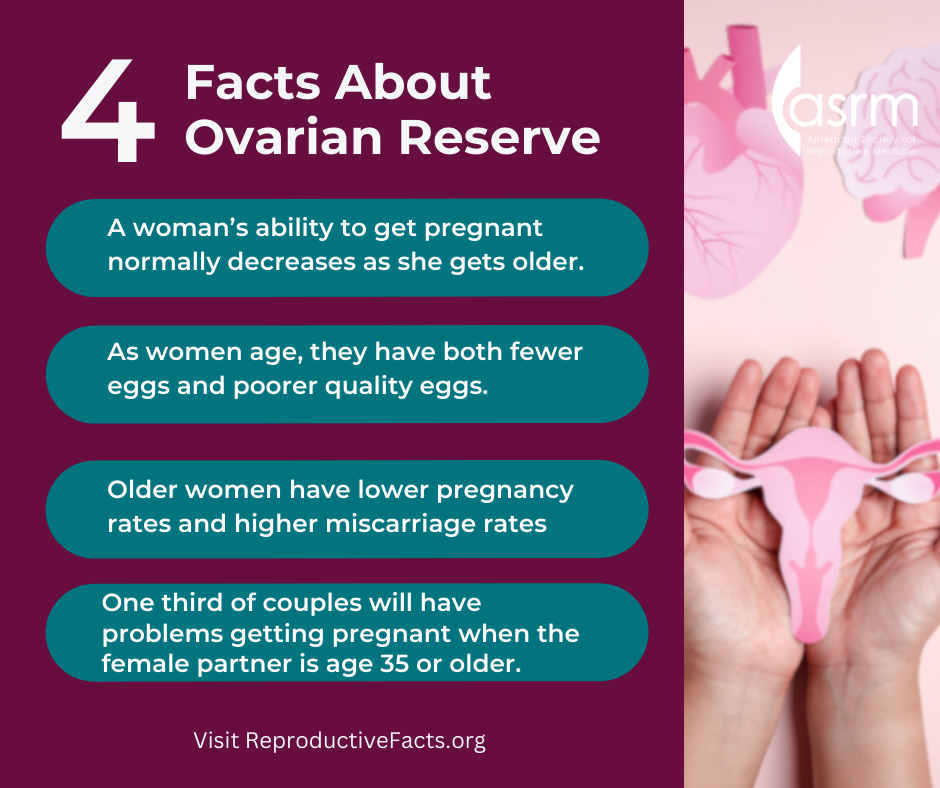
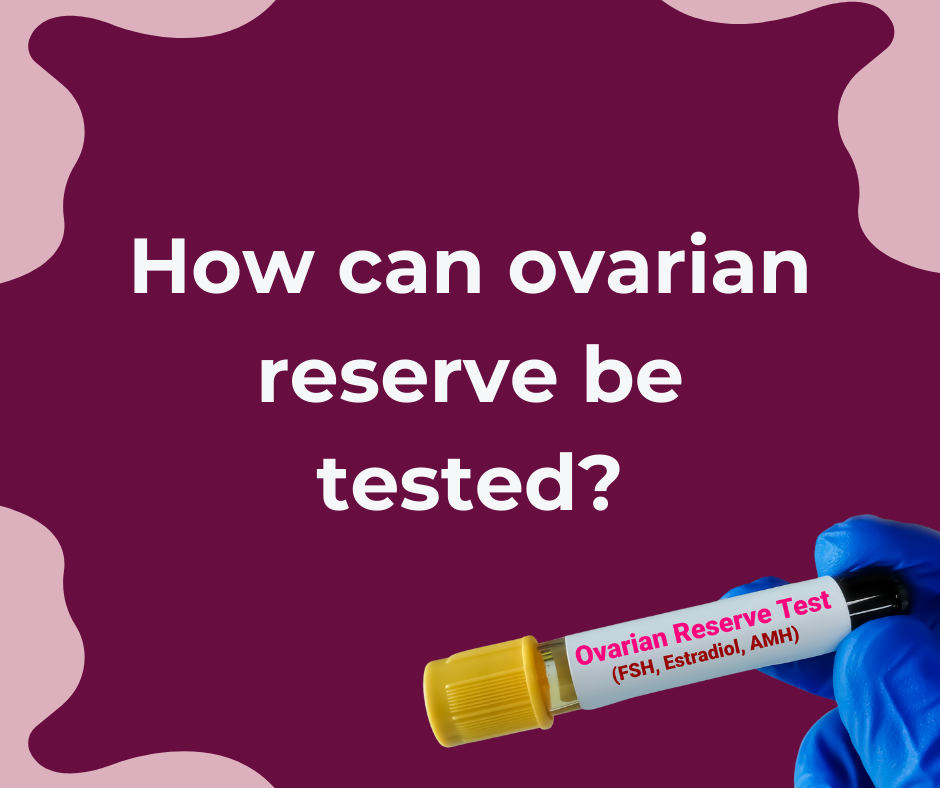
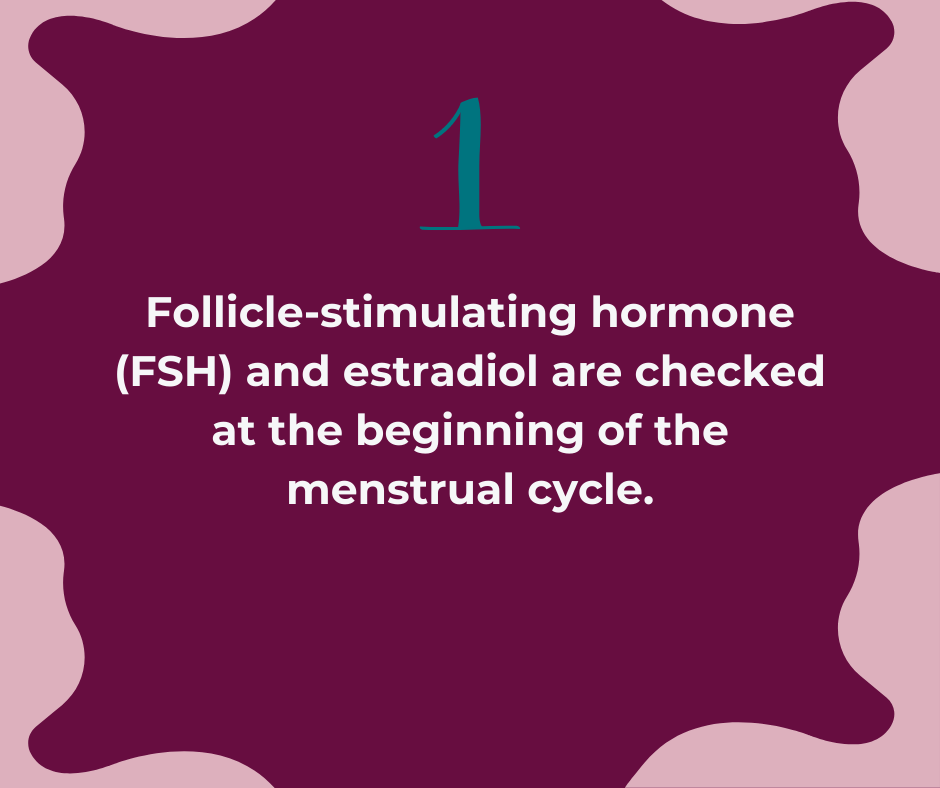
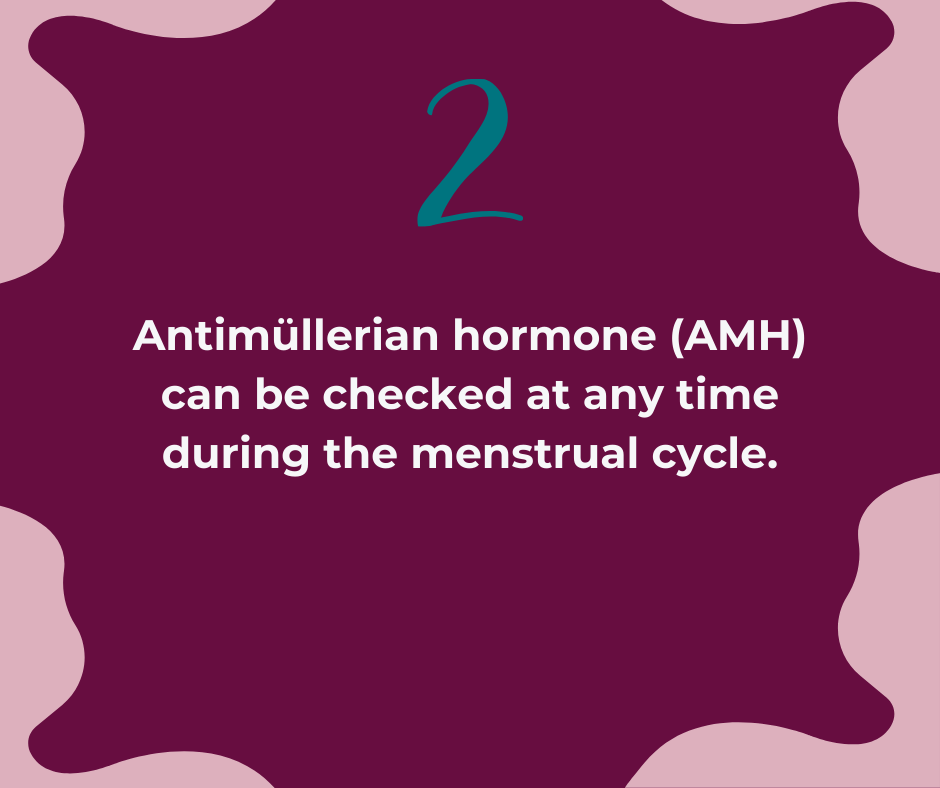
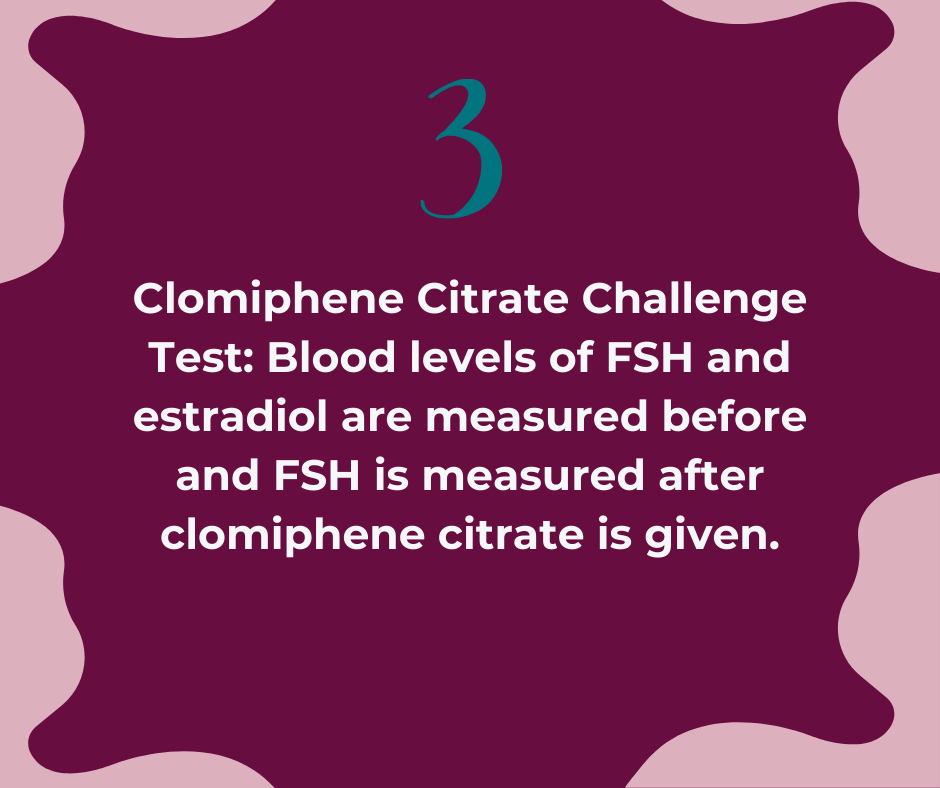
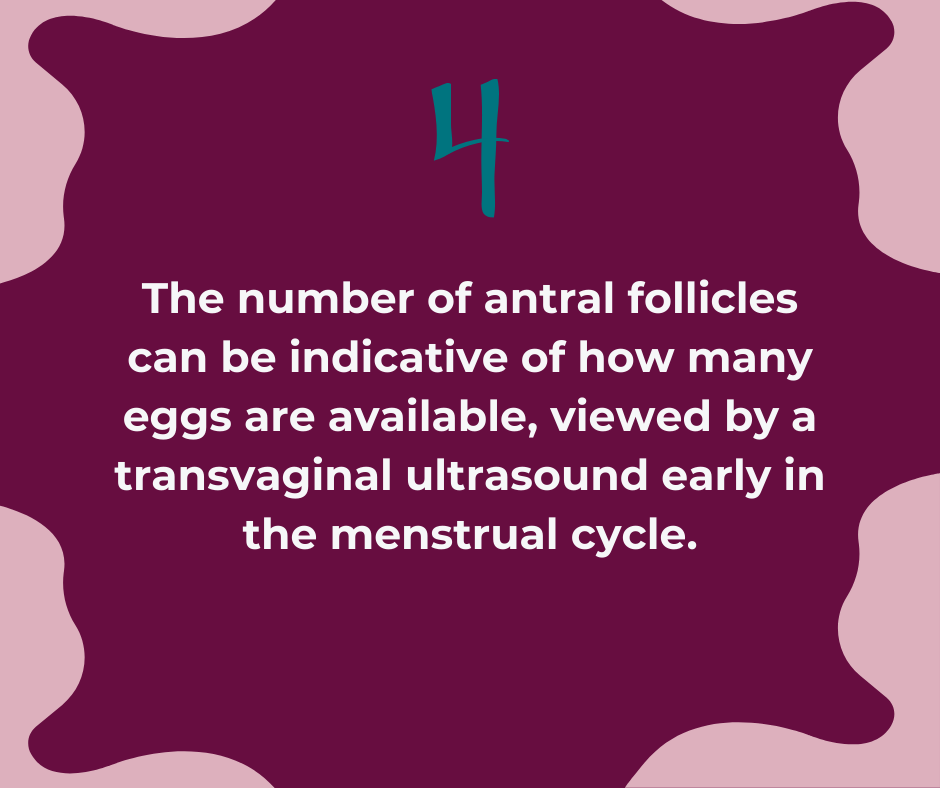
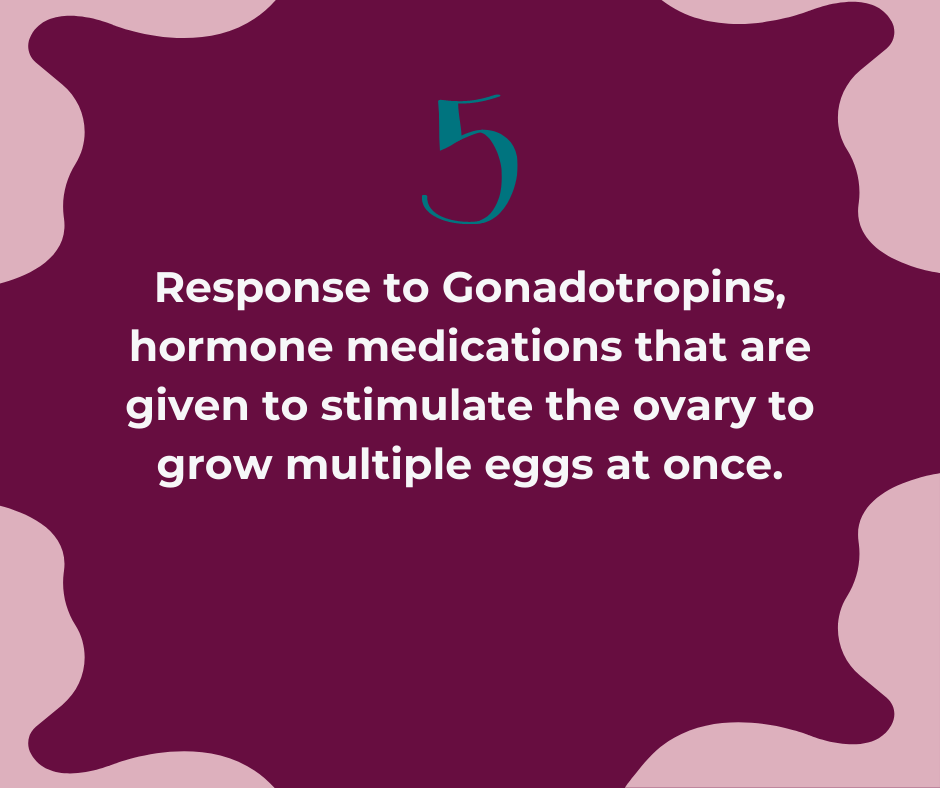


Ovarian Reserve
Fact Sheets/Booklets
View more fact sheets and booklets written by the ASRM Patient Education Committee.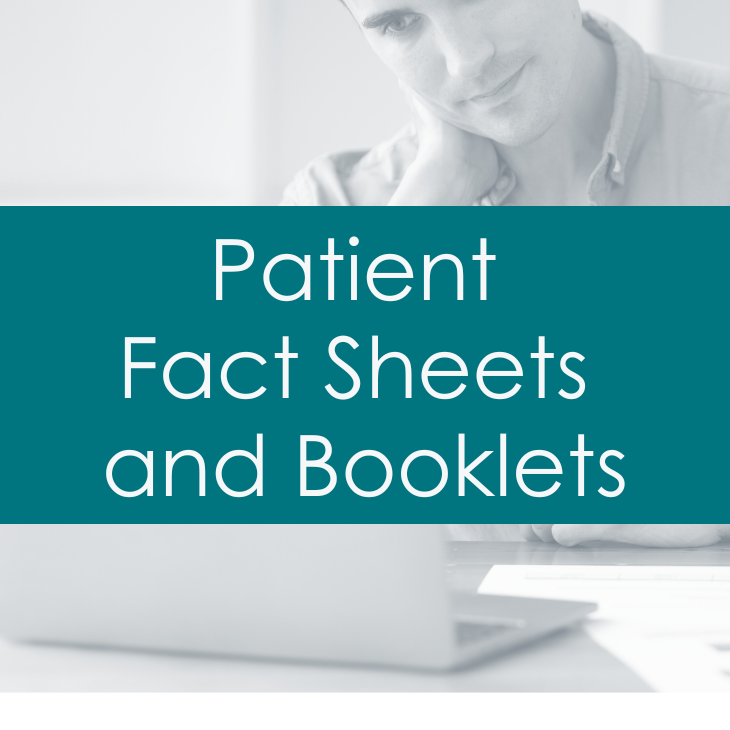
Menopausal Transition (Perimenopause): What Is It?
The menopausal transition (perimenopause) is the period that links a woman’s reproductive (childbearing) years and menopause.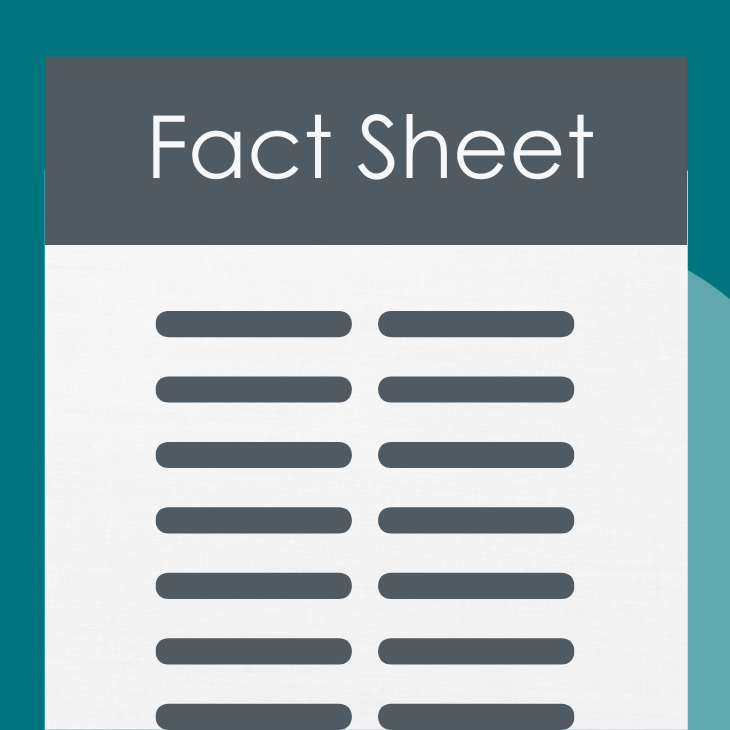
Osteoporosis
Osteoporosis and osteopenia are conditions of having low bone mass (density).
Hyperprolactinemia (High Prolactin Levels)
Prolactin is a hormone produced by your pituitary gland which sits at the bottom of the brain.
Optimizing Natural Fertility
Before attempting pregnancy, a woman should make sure she is healthy enough for pregnancy by adopting a healthier lifestyle and taking prenatal vitamins. If she has a medical or genetic condition or risk of one, she should seek advice from a medical professional before conceiving (becoming pregnant)Find a Health Professional


